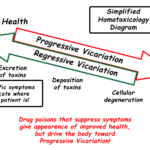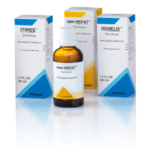Introduction To Homeopathy
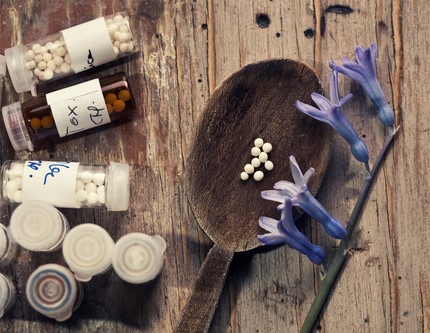
How Does Homeopathy Work?
Homeopathy is very much misunderstood. It is often explained in vague terms and antiquated language. This article is an attempt to explain homeopathy in a way that makes sense to people living today.
Primary and secondary actions
When we consume something such as a food or medication it causes two different actions.
- Primary action: the direct physical effect on the body.
- Secondary action: the body’s response.
For example, drinking alcohol can make someone drunk. That is it’s primary action. In response the liver will adapt and become better at detoxifying alcohol. This is why people who drink often, need to have more alcohol in order to get drunk. This adaptation to alcohol is the secondary action.

When exposed to toxins we can say:
- The primary action is the direct toxic effect of the agent
- The secondary action is what the body does to heal itself
Examples of secondary actions include:
- Up regulation of liver enzymes to remove toxins
- Inflammation to catabolize toxins
- Increased detoxification. This can take many forms. The liver and kidneys may simply adapt and work better without any noticeable symptoms. More apparent signs of the secondary action include: vomiting, diarrhea increased urination, skin rashes, and increased phlegm.
What homeopathy does
Homeopathy uses minute dilutions of various substances to stimulate the body’s ability to heal itself via the secondary action.
Simple studies prove that homeopathy can stimulate a healing, secondary action
In the following study mice were exposed to toxic levels of arsenic. They were then given homeopathic arsenium album, which was then proven to enhance the mice ability to detoxify arsenic.
The results of our earlier and present studies convincingly demonstrate that the potentized homeopathic drug, Arsenicum Album, not only has the ability to help removal of arsenic from the body, but these drugs in micro doses appear to have the ability to detoxify the ill- effects produced by arsenic in mice [...] Therefore, the present findings would further add support to our earlier contention that the potentiated homeopathic drugs could be strong candidates for effective use in alleviating arsenic-related diseases
Ameliorating effect of micro doses of a potentized homeopathic drug, Arsenicum Album, on arsenic-induced toxicity in mice;
Aggravation and amelioration
Commonly the correct homeopathic can provoke numerous symptoms. This is called an aggravation.
Aggravations should not be confused with side effects. Side effects are the unwanted toxic effects of treatment. Aggravations are self healing response which are provoked by treatment.Since a homeopathic aggravation is a cleansing response – when allowed to run its course the patient will be far healthier afterwards than before.
For example, someone with chronic digestive symptoms, by experience rapid bowel movement, or diarrhea in response to the correct natural treatment. This would be the body clearing out toxins, or even parasites as it heals itself.
Homeopathic mechanism of action
Homeopathy is often said to work by giving the body “information.” This may sound vague but can be easily in terms of the mechanism behind the secondary action.
We have evaluated the cytotoxic activity of 30C and 200C potencies of ten dynamized [homeopathic] medicines against Dalton's Lymphoma Ascites, Ehrlich's Ascites Carcinoma, lung fibroblast (L929) and Chinese Hamster Ovary (CHO) cell lines and compared activity with their mother tinctures during short-term and long-term cell culture. The effect of dynamized medicines to induce apoptosis was also evaluated and we studied how dynamized medicines affected genes expressed during apoptosis. Mother tinctures as well as some dynamized medicines showed significant cytotoxicity to cells during short and long-term incubation. [...] The dynamized medicines were found to inhibit CHO cell colony formation and thymidine uptake in L929 cells and those of Thuja, Hydrastis and Carcinosinum were found to induce apoptosis in DLA cells. Moreover, dynamized Carcinosinum was found to induce the expression of p53 while dynamized Thuja produced characteristic laddering pattern in agarose gel electrophoresis of DNA. These results indicate that dynamized medicines possess cytotoxic as well as apoptosis-inducing properties.
Dynamized Preparations in Cell Culture
How are homeopathic remedies made?
Mother tincture and succussion
- Start with the source material – usually this is a plant or mineral. It can be something else, such as insect (Apis is made from bees) or a few are made from animals (Sepia is from the cutler fish)
- A mother tincture is made by soaking the material in a mixture of water and alcohol.
- Once the mater tincture is made process of succussion beingsTo make a X potency one drop of tincture is put in a vial along with 9 drops of water. The solution is then succussed by banging it against something such as a book or table several times. This is now a 1X homeopathic.To make a 2X, 1 drop of the 1X remedy is mixed in with 9 drops of water and the process is repeated.
How much original material remains in the homeopathic?
- A 1X is diluted 1 to 10th power, or 1/10th dilution
- A 2X is diluted 1 to 100th power, or 1/100th dilution
- A 3X is diluted 1 to 1000th power, or 1/1000th dilution
- This process can continue indefinitely, so according to the math, a 30X is a 1 to 1,000,000,000,000,000,000,000,000,000,000 dilution
Most homeopathics are in either X or C dilutions. X is 1/10 dilution per succussion and a C is 1/100. Therefore a 200c is diluted, 100 to the 200th power
Technically speaking what is happening is not dilution. This process can quickly lead to a dilution number that is greater than the atoms which exist in the tincture. So a 200c dilution really isn’t physically possible
What is really happening is potentization. Materially speaking, homeopathic’s are just water. However, with each succussion structure is imprinted into the water. An analogy is coal and diamonds. Both have the exact same composition (carbon atoms) but the structural arrangement of the atoms causes them to have very different properties.
It is this structure (or could say information from the source material) which allows the homeopathic to stimulate a healing response.
“Imprinting” the structure of one substance onto a liquid is called epitaxy. An in depth explanation of this process is found in the paper: the Structure of Liquid Water; Novel Insights from Materials Research; Potential
How homeopathy works – summary
- Homeopathic remedies are prepared in such a way that the original source material is longer present in large enough amounts to cause primary toxic reaction
- The potentization process allows “information” from the source material to remain, provoking a secondary action
- The secondary response is the body’s attempt to cleanse itself of toxins. Thus, homeopathic gives the body information (one mechaism is altering gene expression) that allows it to better cope with and eliminate toxins
- A cleansing response called an aggravation is typically provoked
- After the aggravation is done – the patient is truly better, as the body is now able to respond more appropriately to the stresses causes symptoms in the first place
Systems Of Homeopathy
Another reason homeopathy is not well understood is that over the past 200 years different systems of how to use it have emerged. Instead of simply accepting that there are different ways homeopathy may be used these systems often seem at odds with each other.
I will summarize the use of homeopathy into the following 3 systems
- Classical homeopathy
- Acute homeopathy
- Compound
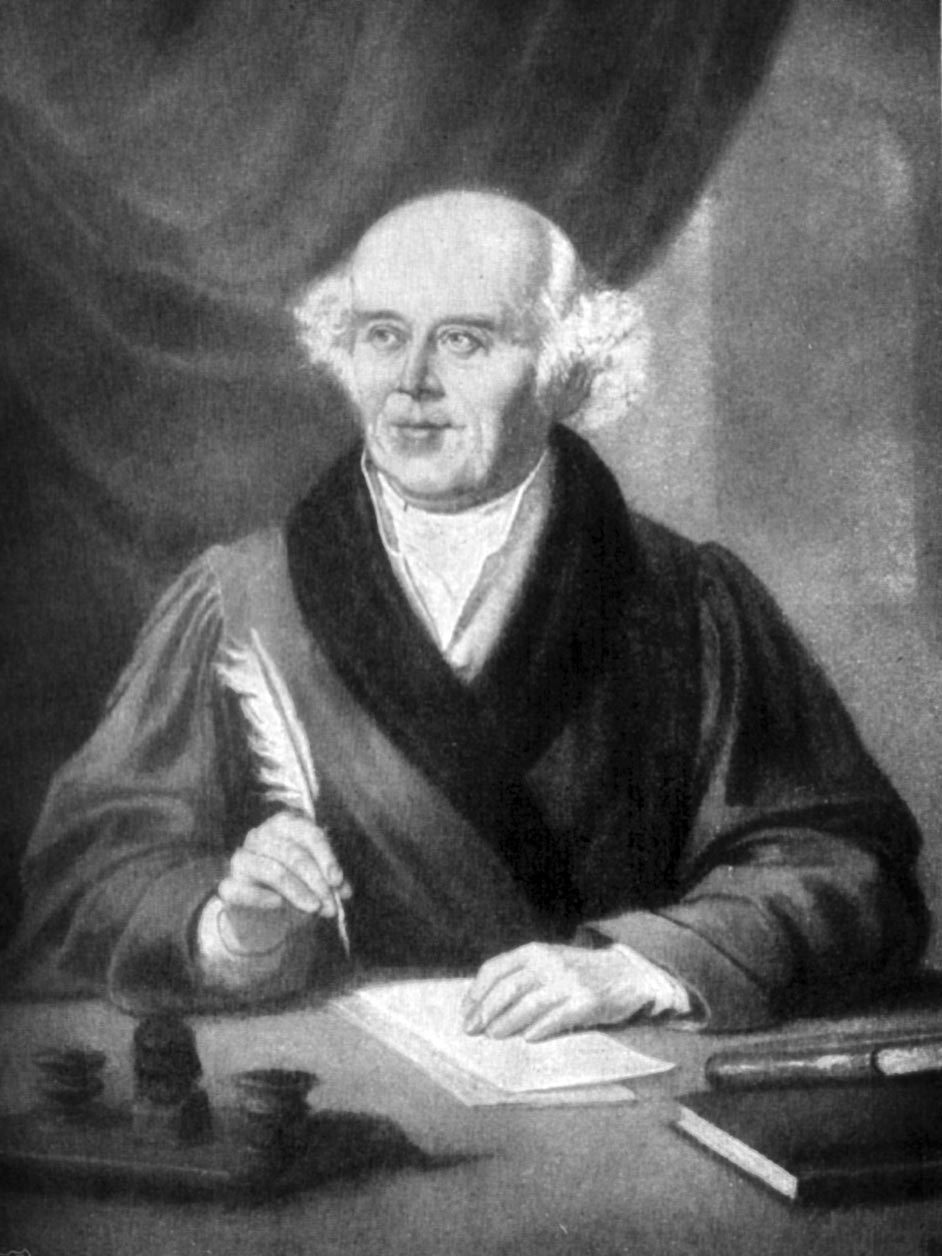
Homeopathy has been greatly influenced by a few practitioners.
Samuel Hahnemann founded homeopathy in 1796.
Kent later on greatly influenced how homeopaths practice.
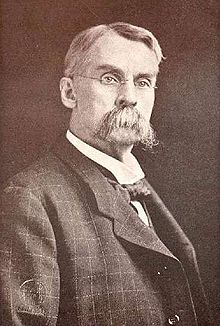
Classical homeopathy
This is the system closest to that of Hahnermann. Later on other homeopaths such as Kent expanded on this model.
The basic idea is that each person has one constitutional remedy which is their type. It is the homeopath’s job to figure out what single remedy matches their patient. An extensive intake including physical and psychological symptoms must be taken. Eventually one single remedy is chosen.
The correct remedy is given in proper potency it is expected to work against whatever disease the patient has come in with. When it does work, it does so remarkably well.
The disadvantages of this system is that it’s only giving one remedy at a time and if it’s not specific enough it won’t work.
Like many other naturopathic doctors I do utilized constitution remedies. Typically I do so after working on a case for a while, having made progress and then getting to a point where I can see a constitutional profile more easily. I see no reason why such remedies can not be combined with other modalities.
Acute homeopathy
This is the sort of homeopathy you see at store displays. This is similar to classical homeopathy except that the remedy is only be selected based on a few acute symptoms. This makes it easier to select the right remedy.
Such remedies will however typically only work for acute symptoms.
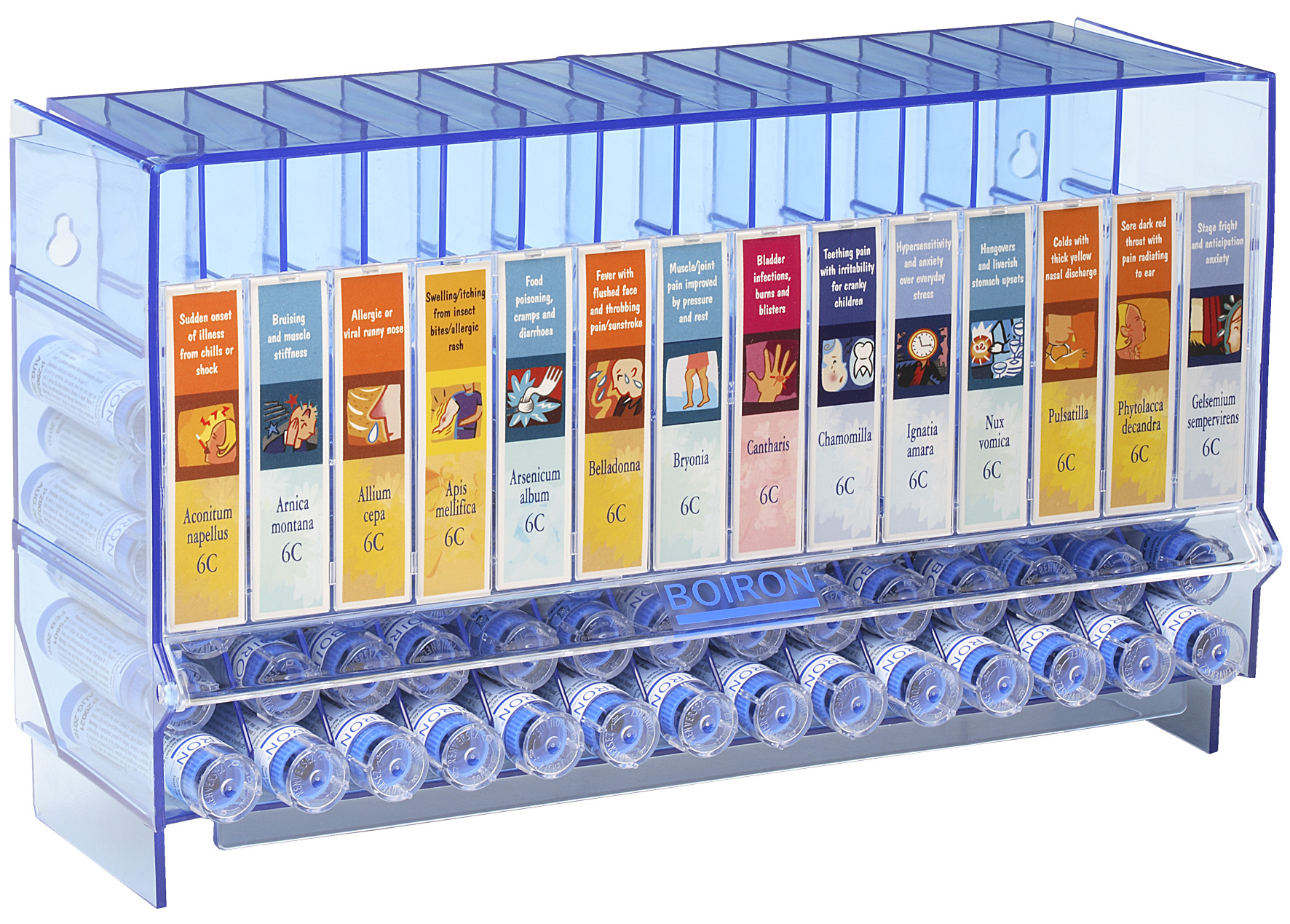
Compound homeopathy
This is mixing several remedies together and can be done so for several reasons. This allows for simple formulas to be made which although serve very narrow functions, so so well and are easy to use.
In my office I keep compound homeopathic formulas available for the following reasons
- General mixes for season allergies
- Food allergy sensitivity
- Formulas to assist with detoxification of metals, plastics and other toxins. Going back to the studies at the top of this page, low dose homeopathic of toxins can help stimulate detoxification of those toxins. For this reason I often include low potency compound homeopathics into nutritional detoxification plans for an overall synergistic effect.
- Biotherapeautic drainage protocols (follow the link for more information).
